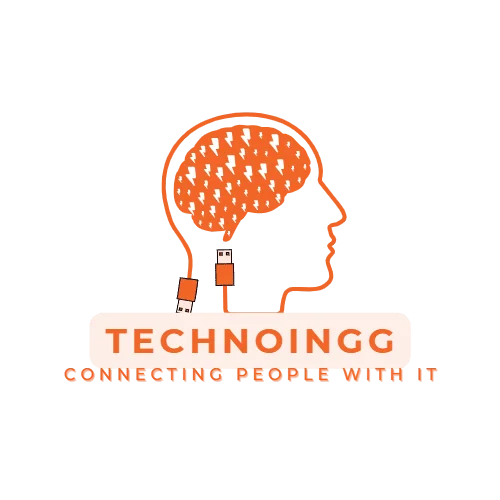Tim Berners-Lee’s source code for the World Wide Web sold Wednesday for $5.4 million in the form of the non-fungible token (NFT).
Sotheby’s in New York organized the weeklong sale of the program that paved the way for the internet we know today more than 30 years after its creation.
The lot included an animated version of Berners-Lee’s nearly 10,000 lines of code and a letter from the British-born computer scientist himself.
“Ten years ago, we wouldn’t have been able to do this,” said Cassandra Hatton, vice-president at Sotheby’s, referring to the recent boom in NFTs.
Hatton said this work is unique because of its importance for the creation of the World Wide Web.
“That changed every aspect of your life,” Hatton said. “We don’t even fully comprehend the impact that it has on our lives and the impact that we will continue to have on our lives.”
In 1989, physicist-turned-computer-scientist Berners-Lee envisioned a system of information sharing that would allow scientists to access data from anywhere in the world.
He was an employee of the CERN Data Center – originally the European Council for Nuclear Research, now the European Organization for Nuclear Research – in Geneva. He named the new network the World Wide Web (WWW).
In 1990 and 1991, he wrote the program that created the first internet browser, laying the practical foundations for the current web.
In the process, he also invented the URL – internet address, HTTP – which allows users to find a site, and HTML – the standard coding language for creating websites.
Determined to make the web an open space, Berners-Lee did not patent his program but left it freely available to everyone, contributing to its spread.
A little more than three decades after its invention, Berners-Lee put the original program files up for sale as a collector’s item. At the end of the auction, he will receive part of the sale profit, but he intends to donate all of his proceeds to charity.
An NFT is a digital object such as a drawing, animation, piece of music, photo, or video with a certificate of authenticity created by blockchain technology that underlies cryptocurrency. It cannot be forged or otherwise manipulated.
NFTs currently generate several hundred million dollars in transactions every month.
NFT exchanges take place in cryptocurrencies such as bitcoin on specialist sites, but traditional auction houses seek to capitalize on the phenomenon.









